Religion
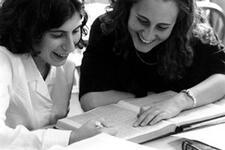
Drisha Institute for Jewish Education
Drisha was founded in 1979 to provide women with the opportunity to study Talmud and other Jewish texts. It has since expanded to serve students of all genders. Drisha is officially nondenominational but has served as a cornerstone of the Orthodox feminist movement. It has been joined by a number of liberal observant New York institutions that promote intense engagement with Jewish text and observance for women and men.
Dulcea of Worms
Dulcea of Worms was the wife of Rabbi Eleazar ben Judah of Worms, a major rabbinic figure. They were part of the elite leadership class of medieval Germany Jewry. Eleazar’s account of Dulcea’s murder in 1196 is an important source for the activities of medieval Jewish women.
S. Deborah Ebin
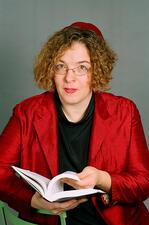
Gesa Ederberg
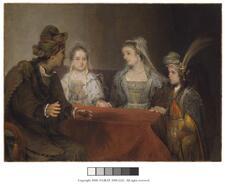
Edna: Apocrypha
In the Book of Tobit, Edna is Raguel’s wife, Sarah’s mother, and the mother-in-law of Tobias, Tobit’s son. Edna has no biblical namesake; unlike the other women named in Tobit, her name does not evoke images from the Hebrew Bible. Perhaps the author of Tobit means to recall Eden’s idyllic existence, or, more likely, to convey by the name something about the type of woman, wife, and mother Edna is.

Education of Jewish Girls in the United States
American Jewish girls have had access to a broad range of educational opportunities. Pioneering innovations such as the Hebrew Sunday school opened doors to religious education, while in public schools, training schools, and the hallways of higher education, American Jewish girls pursued secular studies as well. Today, the landscape for American Jewish education has expanded beyond the classroom to include a range of experiential educational opportunities.
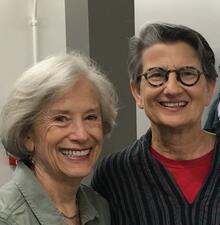
Lisa Edwards
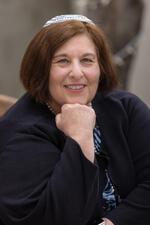
Denise Eger
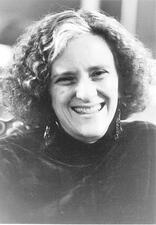
Amy Eilberg
Rabbi Amy Eilberg, ordained by the Jewish Theological Seminary in 1985, is notable as the first woman ordained as a rabbi by the Conservative movement. Her multifaceted career as a chaplain, spiritual director, kindness coach, and peace and justice educator has focused on serving as a resource to help others achieve personal, interpersonal and spiritual growth.
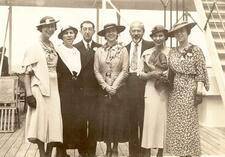
Judith Kaplan Eisenstein
The first American girl to publicly celebrate a bat mitzvah, Judith Kaplan Eisenstein went on to become a Jewish educator, composer, and musicologist. Her accomplishments included studying at the school that would later become Julliard, teaching at the Jewish Theological Seminary Teacher’s Institute, and writing a songbook for children.
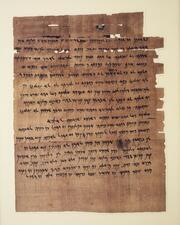
Elephantine
The documents found on the Egyptian island of Elephantine in the late nineteenth and early twentieth centuries, which date from the fifth century BCE, extensively feature women. The women enjoyed extensive financial and property rights and their narratives show a society in which women had significant rights, rare for the time.
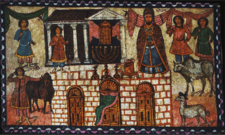
Elisheba, daughter of Amminadab: Midrash and Aggadah
Elisheba is mentioned only a single time in the Torah she-bi-khetav: Lit. "the written Torah." The Bible; the Pentateuch; Tanakh (the Pentateuch, Prophets and Hagiographia)Torah (Ex. 6:23), as the daughter of Amminadab, the sister of Nahshon and the wife of Aaron the High Priest. The Rabbis speak at large concerning her. They note her importance, since her life was bound up with the most distinguished families in Israel: her husband was appointed High Priest, her children were deputy high priests, her brother was nasi (chieftain) of the tribe of Judah and her brother-in-law Moses led the Israelites. The A type of non-halakhic literary activitiy of the Rabbis for interpreting non-legal material according to special principles of interpretation (hermeneutical rules).midrash accordingly applies to Elisheba the verse “And may your house be like the house of Perez whom Tamar bore to Judah” (Ruth 4:12), which was meant to signify that Elisheba, too, was descended from the royal line since she was from the tribe of Judah (Ruth Zuta 4:12). Commenting on Jacob’s blessing to Judah, “You, O Judah, your brothers shall praise” (Gen. 49:8), the Rabbis list Elisheba daughter of Amminadab among the important people and officials that were born to this tribe and call her “the mother of the priesthood” (Gen. Rabbah 97:8).
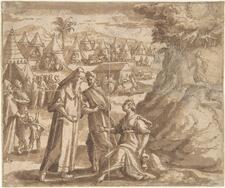
Elisheba: Bible
Elisheba was the wife of the high priest Aaron and the mother of their four sons, but she does not appear in any stories. Mention of her in the genealogy signifies the importance of women in the destiny of their children.

Jacqueline Koch Ellenson
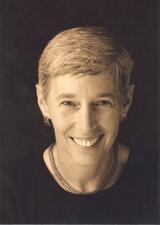
Sue Levi Elwell
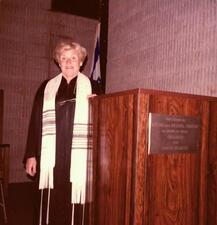
Julie Johanna Engel
Julie Johanna Isner Engel dreamed of becoming a professional opera singer in Germany in the 1930s, but the rise of the Nazis interrupted that dream. Escaping to the United States, she trained her voice in synagogue choirs and local opera performances. In the 1970s, she took a cantorial position at a synagogue in Queens, one of a pioneering generation of women cantors.
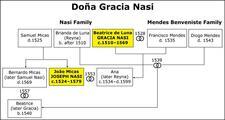
Entrepreneurs: From Antiquity Through the Early Modern Period
Equality, Religion and Gender in Israel
Although the principles of equality for women under the Declaration of Independence and the Women’s Equal Rights Law were not endowed with constitutional force, and the 1992 Basic Law: Human Dignity and Liberty does not expressly include the principle of equality, these laws have been interpreted by the courts as securing the principle of gender equality as a basic principle of the legal system.
Esau, Wives of: Midrash and Aggadah
Esau’s three wives are given more context and background by the rabbis than in the Torah. Esau’s first two wives, Adah and Judith, are described as adulterous and idolatrous, while his third wife, Mahalat, is interpreted as either Esau’s repentance or his fall further into evil.
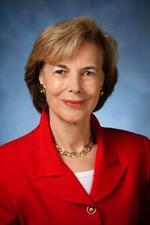
Tamara Cohn Eskenazi

Esther: Apocrypha
The Greek Additions to the Hebrew Bible’s Book of Esther were probably written over several centuries and contradict several of the details from the Hebrew text. Generally, the Additions are more dramatic and ultimately portray Esther as stereotypically weak and helpless, even though parts of her weakness and femininity ultimately help save her people.

Esther: Bible
Esther, the main character in the book named after her, is a young Jewish woman who becomes queen of the Persian empire and risks her life by interceding for the Jewish people to save them from a pogrom. Set in the Persian diaspora, the Book of Esther depicts the struggle for Jews to survive in the face of hostility in a foreign land.

Esther: Midrash and Aggadah
Queen Esther, the central character in the Biblical book named after her, is extensively and sympathetically portrayed in the Rabbinic sources. In their commentary on the Book of Esther, the Rabbis expand upon and add details to the Biblical narrative, relating to her lineage and history and to her relations with the other characters: Ahasuerus, Mordecai, and Haman.

Blanche Goldman Etra



